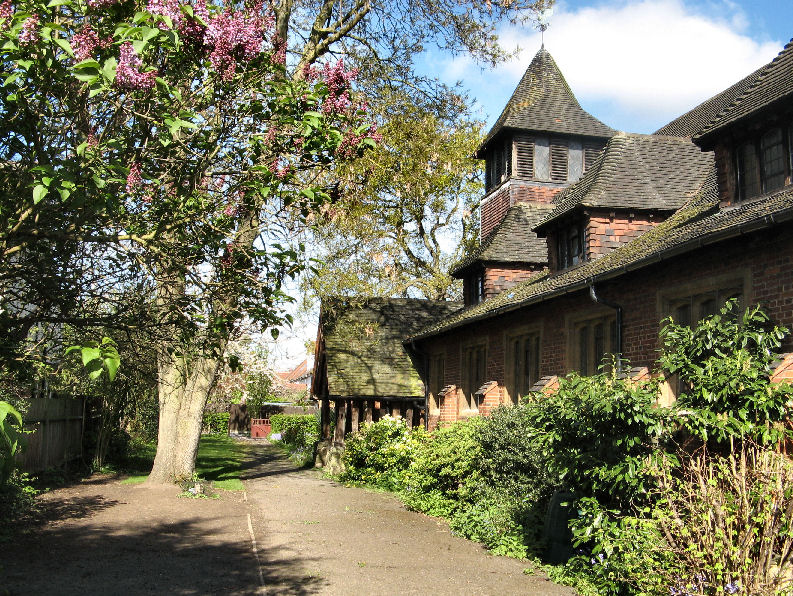When the fragile boats, overloaded with their human cargo, finally make their way onto Greek beaches, there is a whooping of delight, arms are raised and smiles cover previously anxious faces. For these people, this is a resurrection moment. They have fled terror, hatred and destruction. They have travelled with nothing through hostile territories, suspending all that they are and have been. They have passed through the deep waters of death, and now they stand alive, on European shores, resurrected.
When Mary, struggling in the garden to comprehend the empty tomb, hears her name fall from the lips of the risen Christ, she too experiences her resurrection moment. She turns, calls him “My Teacher”, and flings her arms around him, never to let him go.
When was your resurrection moment this morning? Waking up and finding it was an hour later than you would have liked? That first taste of chocolate? Seeing the Easter Candle lit for the first time? That first Easter hymn? We have all had one – rejoice! Christ is risen! Alleluia!
Asad Shah, a shopkeeper in Glasgow who wished his customers a happy Easter and was murdered for his generosity, has had his resurrection moment. Easter is a dangerous thing, resurrection is risky.
When Patrick lit the Easter fire in Ireland against the wishes of the Irish chieftains, his actions were dangerous, and his devotion risky.
Mary is told not to cling on to Jesus, for resurrection is risky, but needs to be shared – she was not believed, and was never counted as an apostle, even though she witnessed the resurrection first hand, for Easter is dangerous, and resurrection needs to be controlled.
So why the danger? Where is the risk in resurrection? What could possibly induce feelings of murder in someone who sees a “Happy Easter” message in his local shop? What did the Irish chieftains fear in Patrick’s bonfire?
Resurrection posits a different kind of life, a different kind of God. Resurrection talks of continuity, of abiding love made real in abiding life. Resurrection talks of the end of death, it takes away the sting of death, replacing it with everlasting love. Resurrection is glorious, as it fully explains God.
God in human form could die, but could not stay dead. God in human form, who had shown us love in all its glories and in all its practical fullness, could not stay dead. God is bigger than death, love is stronger than death, God’s love bursts out of the tomb on Easter morning, and Mary tries to keep it to herself forever, so wonderful is it.
This Easter day, we too need to cling to the risen Jesus, hold on to him so tight that he has to say to us, as he said so gently to Mary all those years ago, “do not hold on to me”. And as we physically let go of the risen Christ, so we are empowered to take him out to the world, to share his love, to live his love. We take his love to refugees – which will involve battering at the borough’s conscience until it cracks, and giving of our goods and time as best we can and as imaginatively as we can – we take his risen love to hate-ridden communities, we take his love to the indifferent, the lonely, the forgotten.
And we do all that with Easter joy, with delight in our hearts, for Christ is risen, he is risen indeed, Alleluia!

